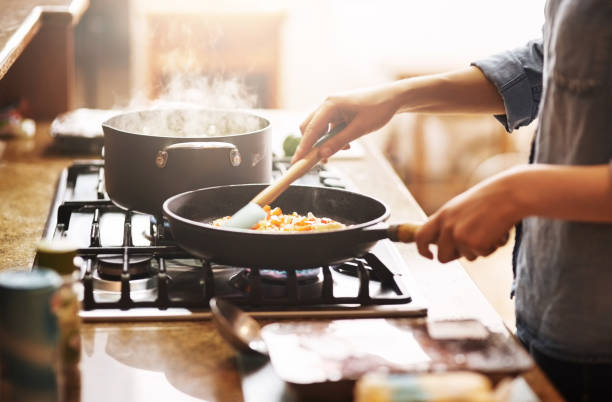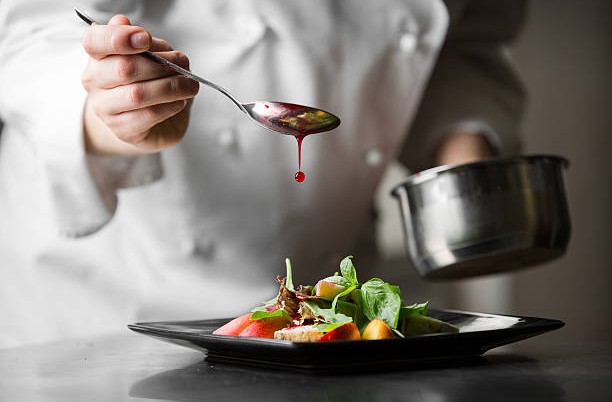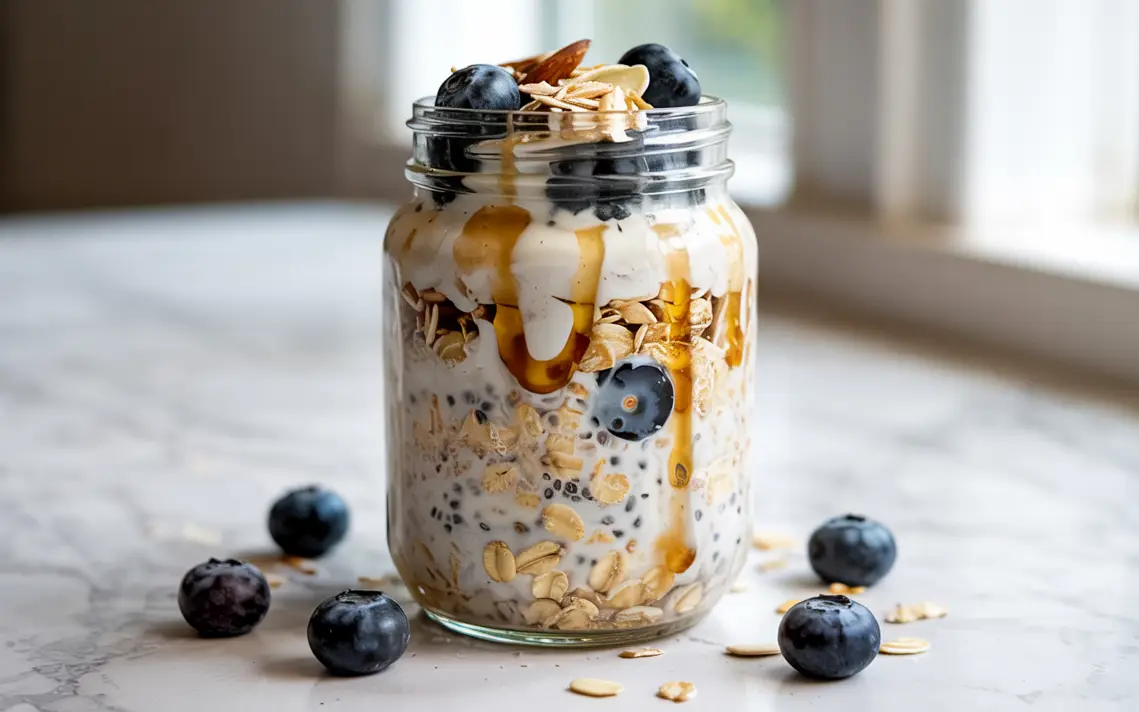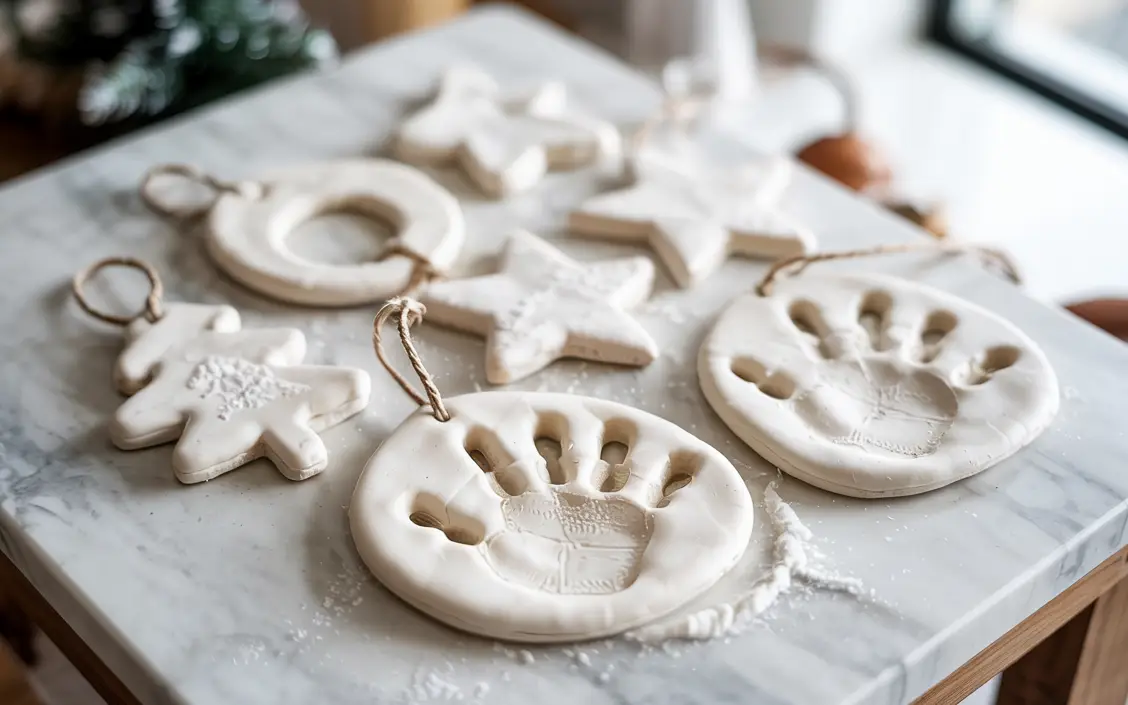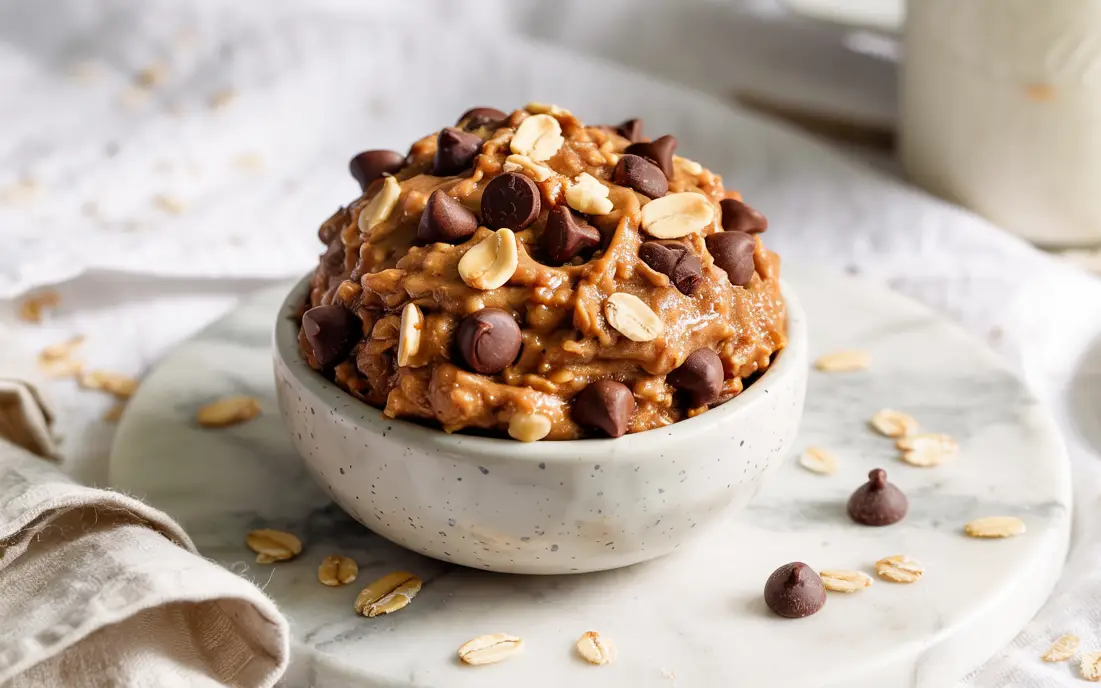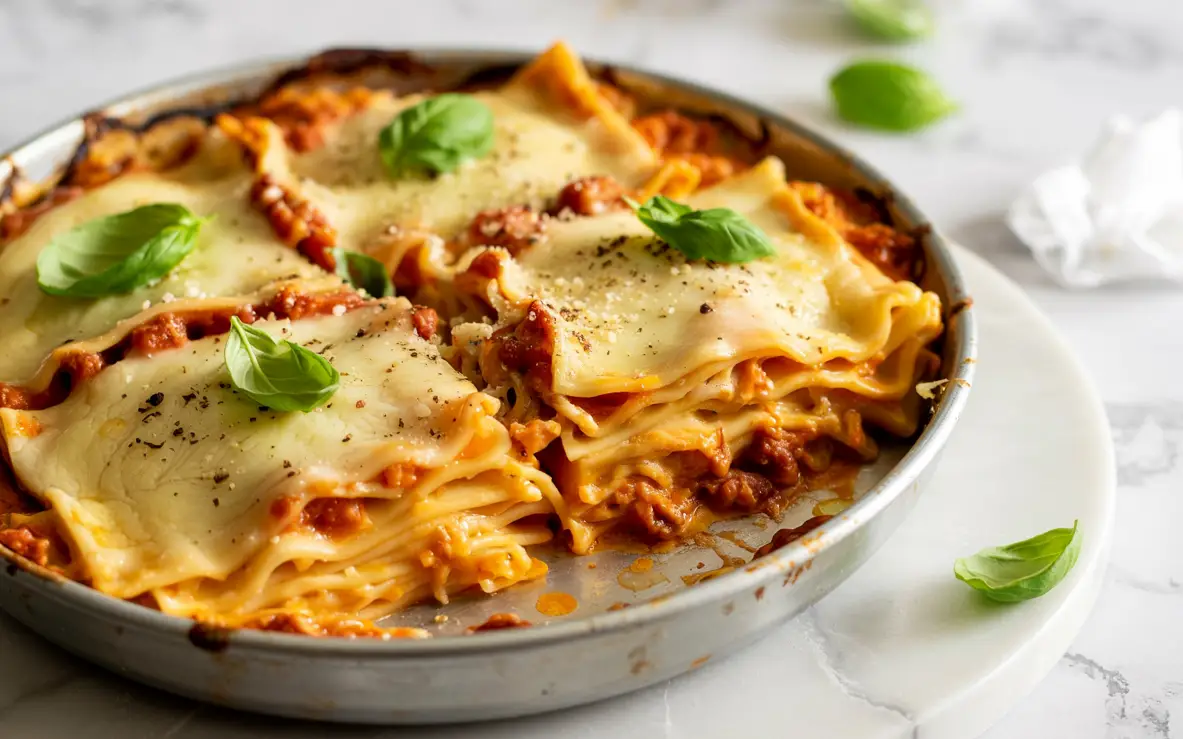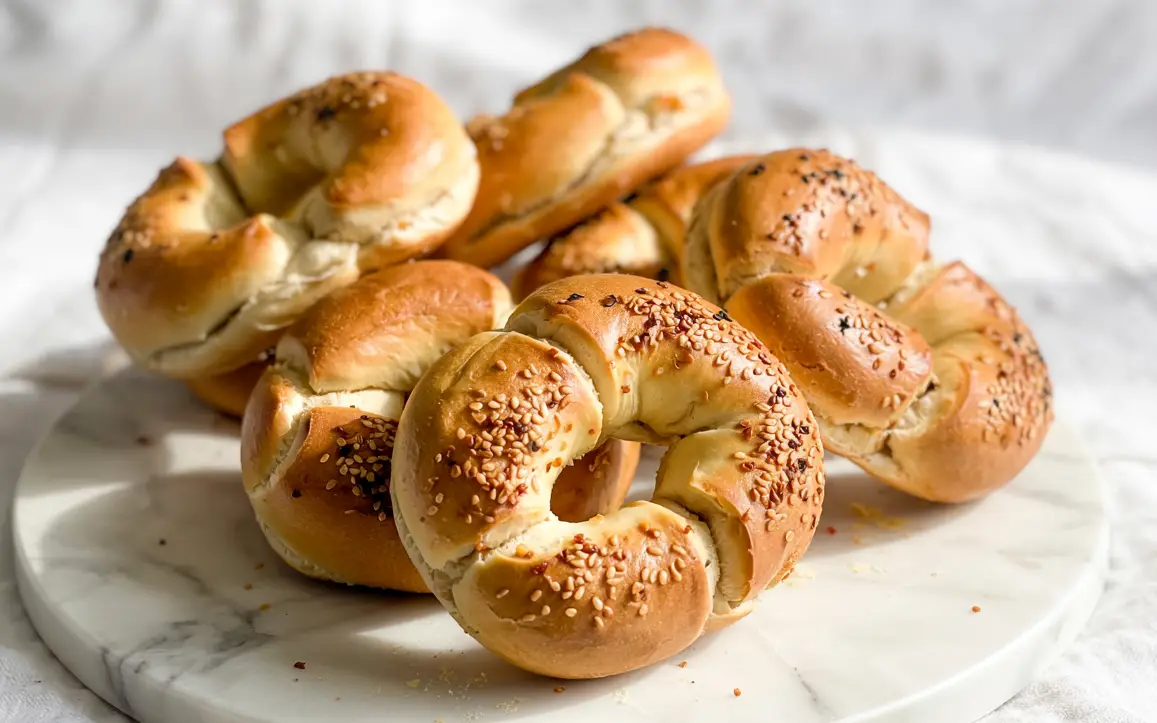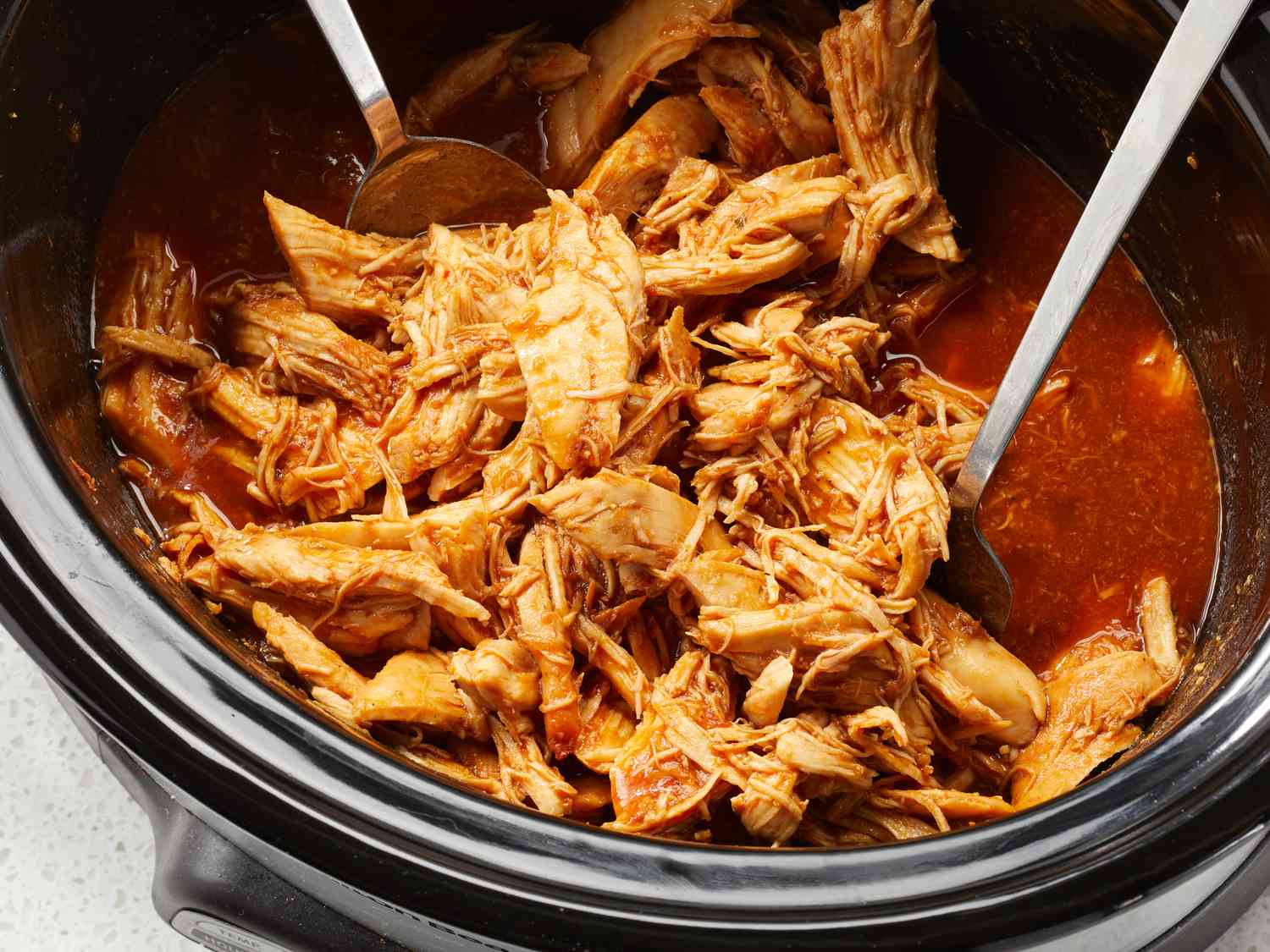Slow cooker recipes have long been a staple in many kitchens for their convenience, rich flavor, and the unique texture that slow cooking imparts to food. A slow cooker, often referred to by the brand name Crock-Pot, is a countertop electrical appliance that allows for unattended, low-temperature cooking over an extended period of time. This method is especially ideal for busy individuals or families looking to enjoy homemade meals without spending hours in the kitchen each day. Beyond convenience, slow cookers unlock an entirely different world of culinary potential that often goes underappreciated.
Slow Cooker Recipes
One of the primary advantages for slow cooker recipes is the way they tenderize tougher cuts of meat. Because the cooking process happens at a low and steady temperature over several hours, cuts such as beef chuck and chicken thighs become incredibly tender and flavorful. The extended cooking time allows the connective tissues in these meats to break down slowly, resulting in a melt-in-your-mouth texture that’s hard to achieve using quicker cooking methods. This not only enhances the eating experience but also makes it more economical, as less expensive cuts of meat become the stars of deeply satisfying dishes.
Slow cooker recipes are often synonymous with comfort food. Classics like beef stew, chili, pot roast, and chicken and dumplings are frequent favorites. These dishes typically involve layering ingredients like root vegetables, hearty meats, legumes, and spices into the cooker and letting time do the rest. The results are meals with a depth of flavor that belies their ease of preparation. The long cook time allows the flavors to meld beautifully, creating a harmony that’s hard to match with fast cooking.
For We Try Recipes, one of the best aspects of using a slow cooker is the minimal hands-on time it requires. Most slow cooker recipes can be prepared with just 15 to 30 minutes of prep work, chopping vegetables, seasoning proteins, and perhaps browning meat if desired, before everything is combined in the pot and left to simmer for hours. For many home cooks, especially those balancing work, family, and other responsibilities, this set-it-and-forget-it style of cooking is incredibly freeing. Imagine starting your day by assembling a meal in the cooker and returning home to the aroma of a fully prepared dinner that only needs plating.
Moreover, slow cookers are incredibly versatile. They aren’t limited to stews and roasts. You can make everything from soups and curries to casseroles and even desserts like bread pudding or slow-cooked apple crisp. Many home cooks also experiment with international flavors in the slow cooker, making Thai green curry, Indian butter chicken, Mexican carnitas, or Mediterranean-style lamb shanks. The moist cooking environment of a slow cooker is particularly good for recipes that benefit from a gentle, slow simmer, essentially functioning like a stovetop braise but without the need for constant monitoring.
Health-conscious cooks can also take advantage of the slow cooker to prepare nutritious meals with minimal added fat or oil. Because the cooker is sealed during cooking, moisture doesn’t escape, meaning there’s less need for added fats to keep food juicy. This makes it easier to prepare lean, vegetable-forward dishes or soups loaded with legumes, whole grains, and greens. Plus, homemade slow cooker meals typically contain less sodium and fewer preservatives than store-bought or restaurant-prepared options.
Another benefit is the way slow cookers support batch cooking and meal prepping. Many slow cooker recipes yield multiple servings, making them ideal for leftovers or freezing. This can be a game-changer for those trying to save time or eat more home-cooked meals throughout the week. A single pot of chili or shredded chicken can be repurposed into tacos, burritos, rice bowls, or even a hearty soup, giving you variety without much extra effort.
Despite their simplicity, slow cooker recipes still offer room for creativity. Once you understand the basic principles, such as layering flavors, managing liquid content, and balancing cook time, you can begin to adapt recipes to suit your tastes. Want your stew to have more heat ? Add chili peppers or hot sauce. Prefer a richer texture ? Stir in some cream or coconut milk at the end. The slow cooker isn’t just a tool for passive cooking, but a canvas for developing flavors and refining your culinary instincts.
In today’s fast-paced world, the slow cooker stands out as a reminder that delicious meals don’t always require speed or complexity. It invites a return to slower, more mindful cooking without demanding hours of active work. Whether you’re a seasoned home cook or someone just getting started in the kitchen, slow cooker recipes offer a delicious, dependable, and deeply satisfying way to put homemade meals back on the table.


